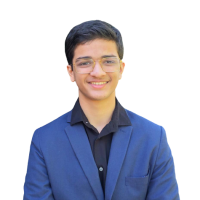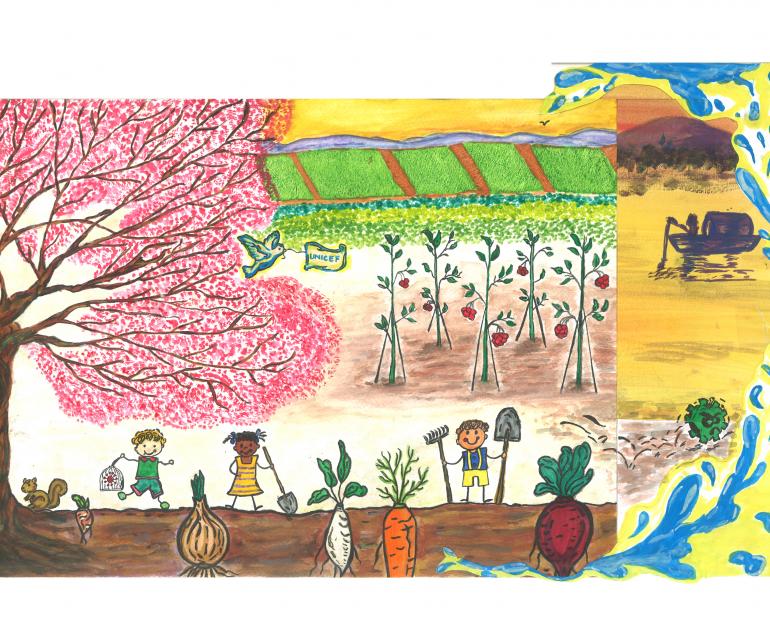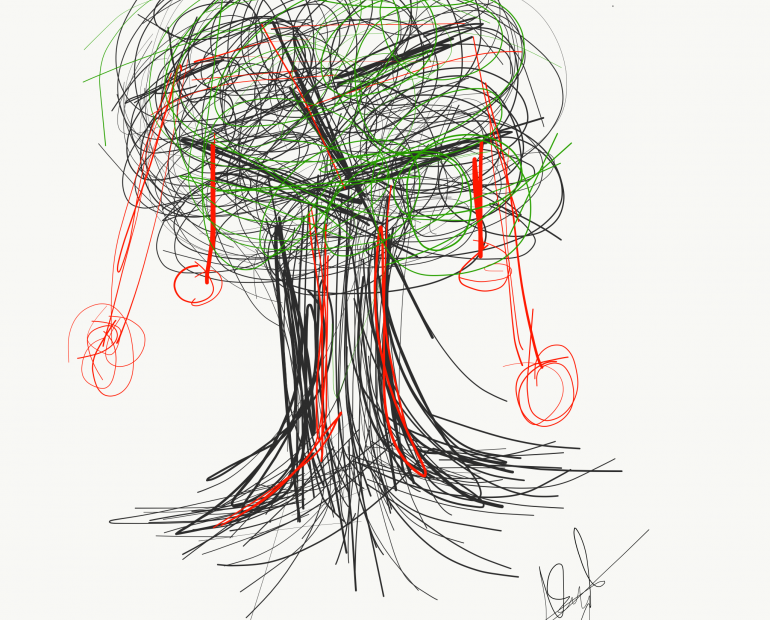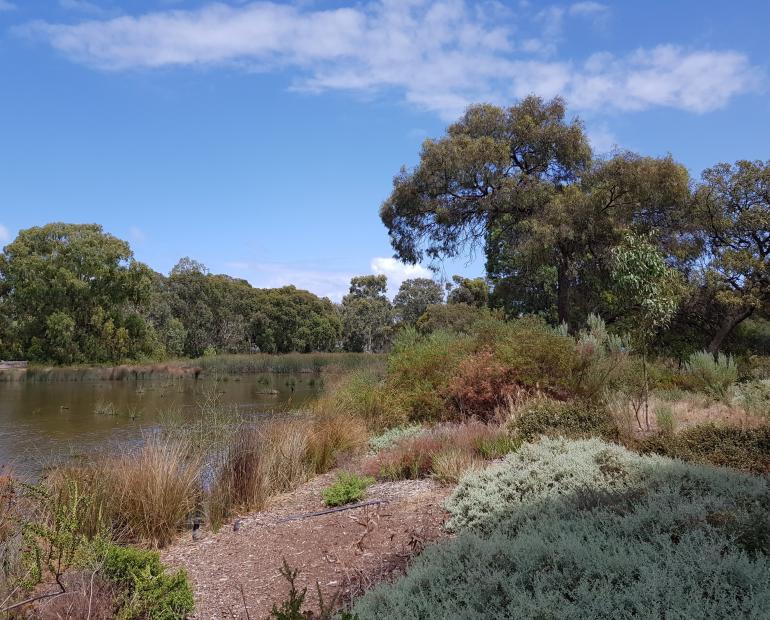
The stigma of the world - Hunger
According to the latest data available by the United Nations, One in nine people does not get enough food to be healthy and lead an active life. Hunger is the greatest and totally avoidable stigma on the earth. Hunger and malnutrition are a greater threat to humans and even greater than AIDS, malaria, and tuberculosis combined. It's estimated that almost 2 billion people worldwide suffer from at least a moderate level of food insecurity. In the most developed country, the United States, food insecurity is no less painful. One in six Americans goes to bed hungry. As per the latest data, 49 million Americans are food insecure and the pandemic is making food insecurity even worse around the world.
United Nations has come up with "17 goals to transform our World". In the 17 sustainable development goals of the UN, the second goal is "Zero Hunger" in the world. As per the target of this ambitious goal, by 2030, it is targeted to end hunger and to ensure access by all people, in particular, the poor and people in vulnerable situations, including infants, to safe, nutritious, and sufficient food all year round. This target is clearly very far-reaching and as per the latest data, with the current trend, the world would end up having 840 million hungry people at the end of 2030.
The Solution - "Foodle" and "FoodlePlus"
I came up with an innovative and easy solution to solve this humongous problem. I created two products using the state of the art technology. My first product is called "Foodle" and the second one is "FoodlePlus". Let me introduce each of the products in brief here. Foodle helps to donate the excess food of somebody's home as simple as taking a picture of the food and keeping it in a sensor-enabled Foodle basket outside the home. The food appears in a map view on Foodle app and any Foodle user or a nearby food bank can come and pick up the food. FoodlePlus helps the farmers to increase the crop yield by as much as 40% more from the same piece of land by detecting plant diseases and nutrient deficiencies in the soil and recommend an appropriate remedy.
Foodle:
Here is the sad truth - the world's one-third of the food is wasted. Yes, you heard it right while we are trying to save one-fourth of the world's population from hunger, one-third of the food is just wasted. Let's look at some of the figures in the country where I live, the USA. 40% of the food sold in the US never gets eaten and 15% to 25% of all food bought by American households is wasted. The wasted food is valued at $165 billion annually in the US alone. If food waste was a country it would rank 3rd in terms of total emissions of greenhouse gases.
If somehow the excess food is made available to the people in need on a real-time basis, the problem will be solved easily. This project is built with the idea to make it very simple to donate food and very easy and cost-effective for people and food banks to find food. The foodle system consists of three systems - foodle app, foodle basket. Donors can donate food using the app by taking just the picture of the untouched and excess food. The app will detect the food using its AI features and location of the food using geolocation. The user needs to just put the food in a specially designed basket. The intelligent IoT sensor enabled foodle basket detects and updates the foodle map so that anybody can come and collect the food. Food banks will be able to collect and distribute food too. If the food is taken away the IoT sensor will sense that and remove it from the foodle map making the app live and authentic at all times This solution has the potential to revolutionize the reduction of food waste and hunger.
FoodlePlus:
The world population is expected to increase by 35% over the next 40 years. When food is added to the calculation, If society continues on a ‘business-as-usual’ dietary trajectory, a 119% increase in edible crops grown will be required by 2050. Both increases in planted area and increases in yield are likely to be needed to meet the global demand for grain. However, the cultivation of new acreage requires land clearing and subsequent tillage that results in significant greenhouse gas emissions and also has negative impacts on biodiversity and water quality. So yielding more crops from the same land is of paramount importance for society to function properly. To get the most yield from the same acreage will need the crops to be most healthy - that is free of diseases and grown on soil with the most optimum nutrients. This project aims to identify plant diseases in a vast area of crop field by analyzing the video and picture feed from a camera fitted drone flying over the field and determine the amount and type of nutrient deficiency by the data from the soil sensors fitted across the farm. Using YOLO (You Only Look Once) architecture, this project first identifies a leaf from a video feed and then uses Convolutional Neural Network to identify the disease if any. Once the disease is determined the system is able to recommend appropriate pesticides. From the nutrient data from the soil and in conjunction with the particular crop, the system will be able to recommend the amount and type of fertilizer to be given to the crop. Farmers will be able to make spectacular growth of crop yields on their farm.








